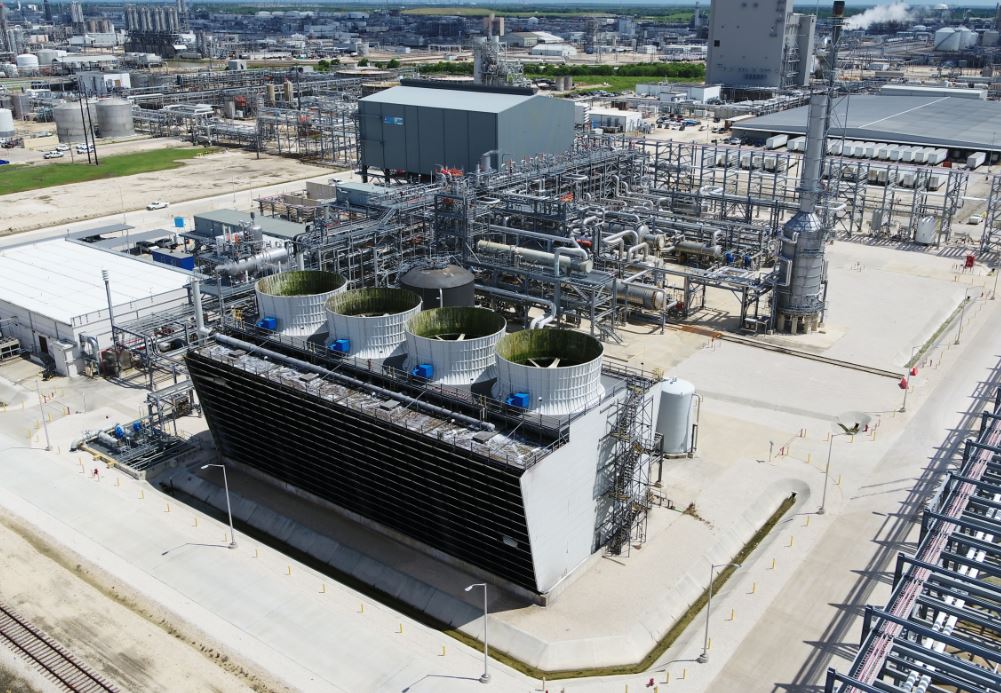United States – BASF and Yara Clean Ammonia have joined forces in a collaborative study to develop and construct a large-scale low-carbon blue ammonia production facility in the U.S. Gulf Coast region.
The project aims to meet the rising global demand for low-carbon ammonia and incorporate carbon capture technology. The proposed plant would have a total capacity of 1.2 to 1.4 million tons per annum, providing a sustainable solution for ammonia production. The companies intend to develop asset-backed supply chains to decarbonize agriculture and explore applications of clean ammonia in shipping fuel, power production, and as a hydrogen carrier.
The primary objective of the project is to capture approximately 95 percent of the carbon dioxide (CO2) generated during the production process and store it underground permanently. This approach would enable Yara to offer its customers clean ammonia with a significantly reduced carbon footprint. For BASF, the new facility would serve as a backward integration to meet the company’s demand for low-carbon ammonia and reduce the carbon footprint of its ammonia-based products.
Integrating ammonia facility
ASF’s existing Verbund sites in the region, which feature integrated material flows and advanced infrastructure, are well-suited for integrating a large-scale ammonia facility. The project has the potential to substantially improve the carbon footprint of BASF’s operations and the industries it serves.
BASF and Yara have a longstanding collaboration and already operate a joint world-scale ammonia plant at BASF’s Freeport site in Texas. The two companies plan to complete the feasibility study for the low-carbon blue ammonia production facility by the end of 2023.





